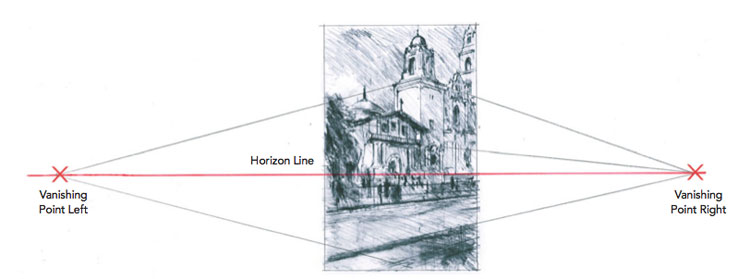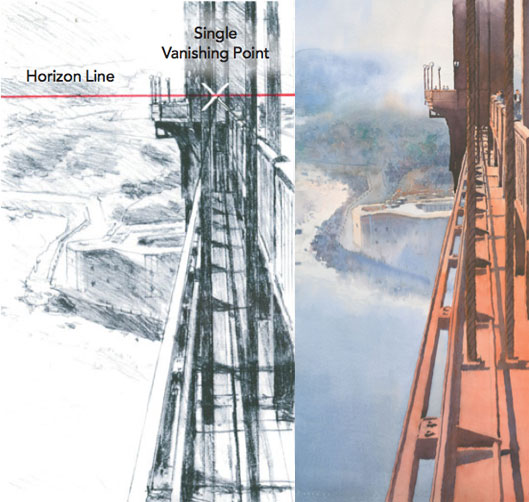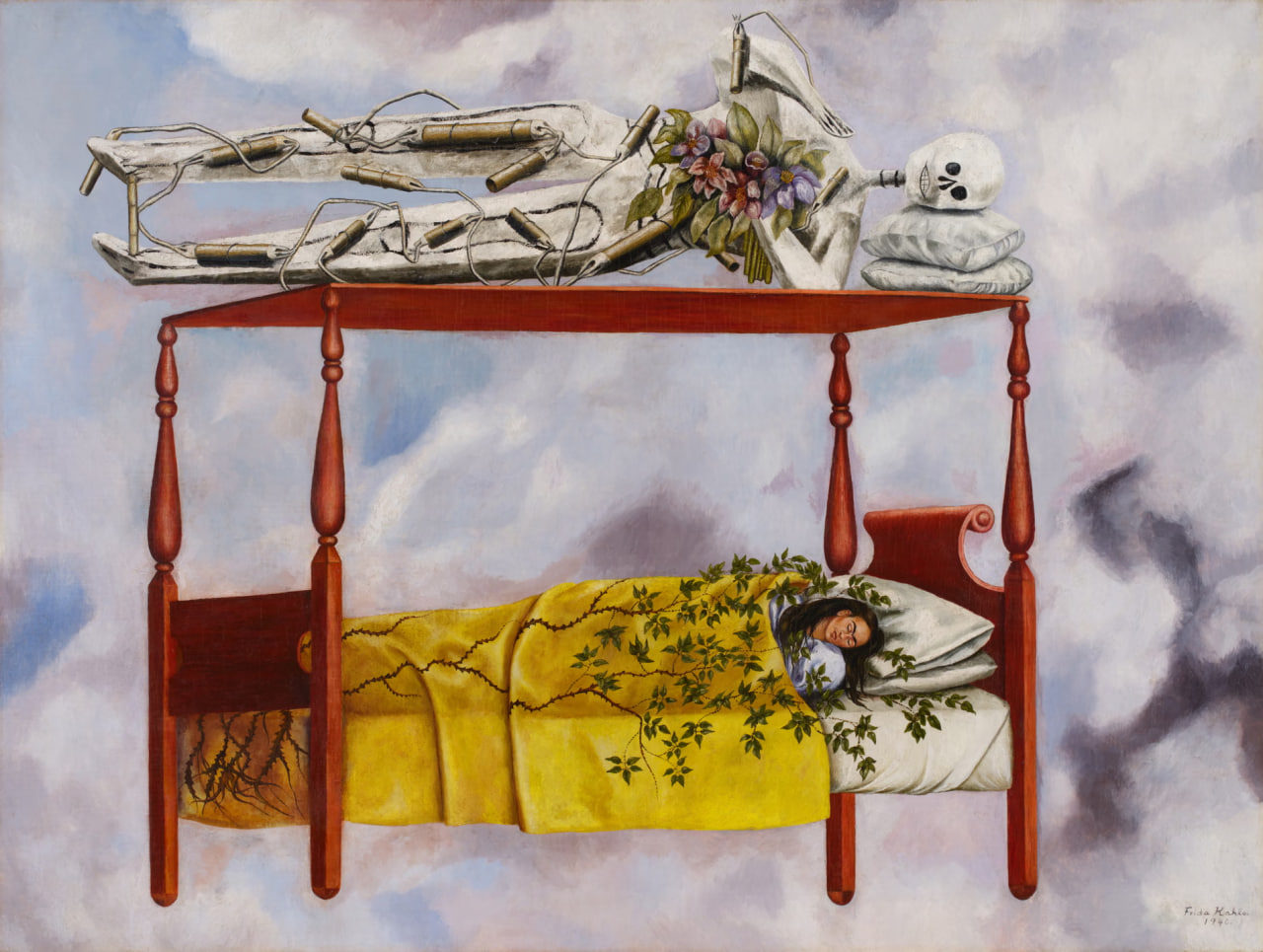Like many subjects in art, landscape paintings can tell a story, taking the viewer to a different place and time. Whether the place is real or imaginary, it should be convincing, making us feel as though it perhaps could exist, even if only within our minds. Putting the rules of perspective into good use can help make that happen. One-point and two-point perspective are crucial basics to understand, as well as atmospheric perspective.
What is atmospheric perspective? It’s the effect or illusion that light, shadow and the atmosphere have on your subject. Landscape paintings look softer, perhaps more hazy or even dreamlike, when they incorporate atmospheric perspective. Michael Reardon, author of Watercolor Techniques, gives his explanation of perspective in art in this excerpt from his popular book. ~Cherie

Perspective in Art by Michael Reardon
Mission Dolores, San Francisco (watercolor, 14×9) by Michael Reardon. Order the exclusive Watercolor Techniques Bundle here for Michael’s book PLUS a Pure Sable Round (#14) brush, and save.
To do a basic drawing in perspective requires two elements: a horizon line and vanishing points. Some drawings require only one vanishing point (one-point perspective) while others require two or more.
The horizon line is simply a horizontal line across the page that corresponds to your eye level. Think of a view of the ocean. The far horizontal line is the horizon, hence a horizon line. A similar unseen line exists in all paintings in perspective.
Lines that converge at the vanishing point(s) create the illusion of perspective. Put simply, all of the lines of one side of a building radiate from one vanishing point, and the lines on the other side converge on the other vanishing point.

Many images, such as cityscapes, often only have one vanishing point. These are known as one-point perspectives. The second vanishing point is so far away that all of the lines are horizontal.
Two-Point Perspective in Art
In this eye-level view (Mission Dolorses, San Francisco, at right, and sketch, above) you can clearly see the eye-level line of the horizon line. In such a view, all of the heads of the people are at or near the horizon line.
Note how all of the lines on the left side of the buildings converge at the left vanishing point and how the right side lines converge on the right vanishing point.
I always do a quick pencil study before I paint to determine the horizon line and vanishing points.






